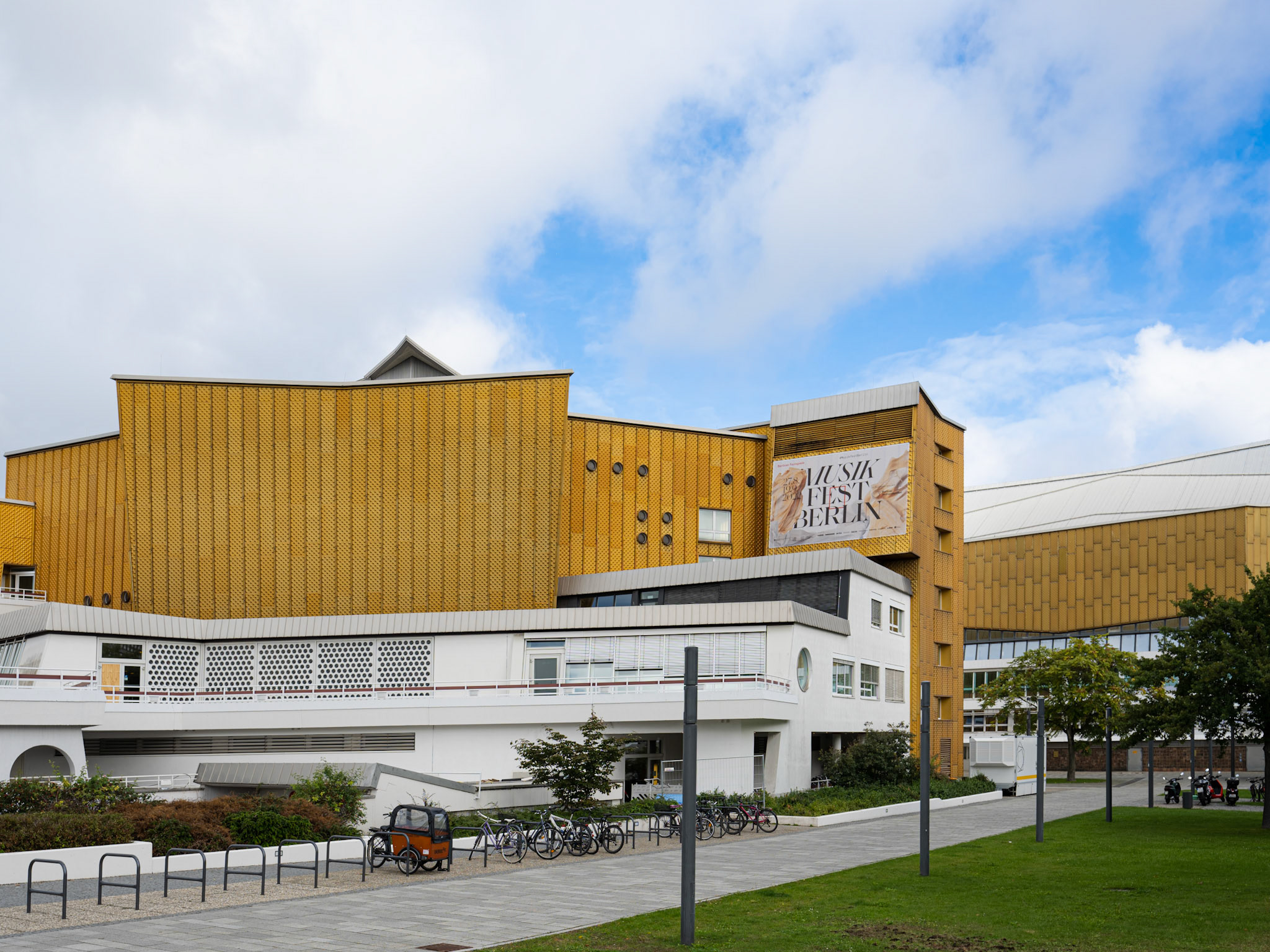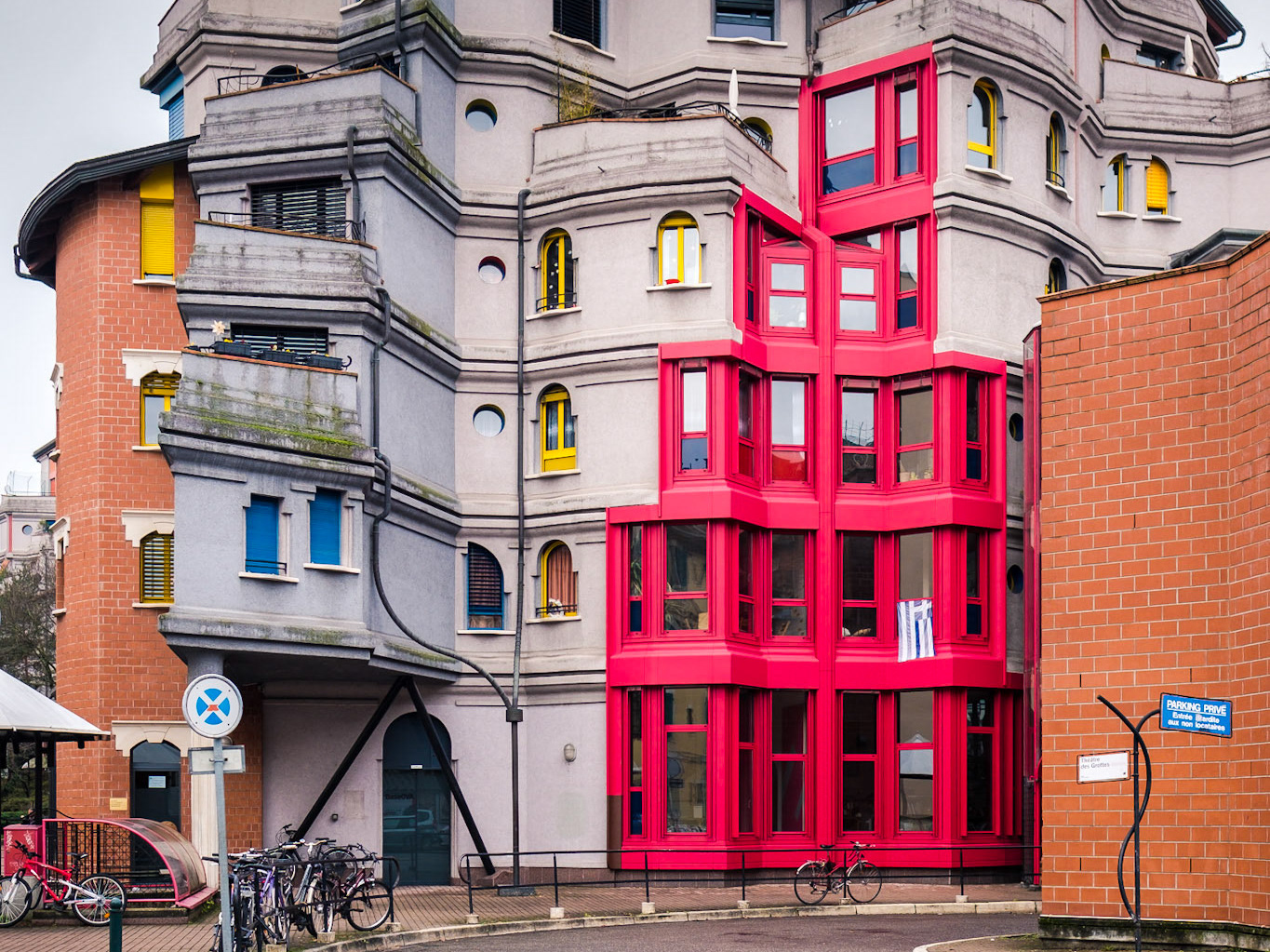




Postmodern architecture emerged in the late 1960s as a critical reaction against the perceived austerity and functionalism of Modernism, particularly its adherence to the International Style. Drawing inspiration from history, ornamentation, and regional context, Postmodernism sought to reintroduce meaning, irony, and complexity into architectural design. Figures such as Robert Venturi, whose seminal 1966 book Complexity and Contradiction in Architecture challenged Modernist dogma, and Michael Graves, known for his use of classical motifs in projects like the Portland Building (1982), exemplified the movement's eclecticism. Postmodern architecture often employed elements from historical styles, such as pediments, columns, and arches, in playful or exaggerated forms, blending high and low culture, and privileging symbolism and narrative over strict function.




